
Biodiversity of native species in Los Angeles
La Kretz Postdoc Dr. Joscha Beninde is conducting a comparative landscape genomics study to understand how species survive and thrive in urban environments.

La Kretz Postdoc Dr. Joscha Beninde is conducting a comparative landscape genomics study to understand how species survive and thrive in urban environments.
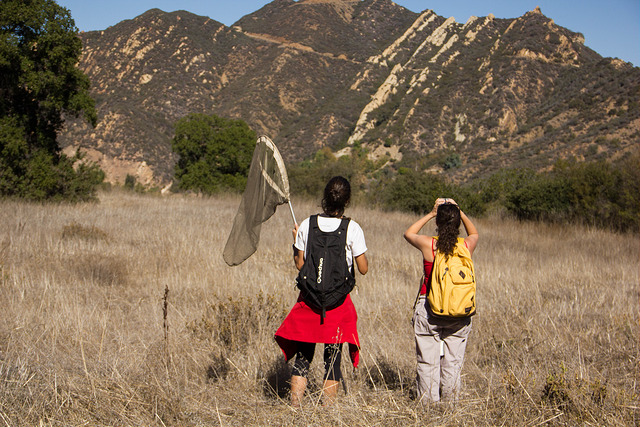
The Bruin Naturalists Club is a student organization at UCLA dedicated to getting people outside to learn about and interact with nature. We organize hikes, camping trips, and outreach events…
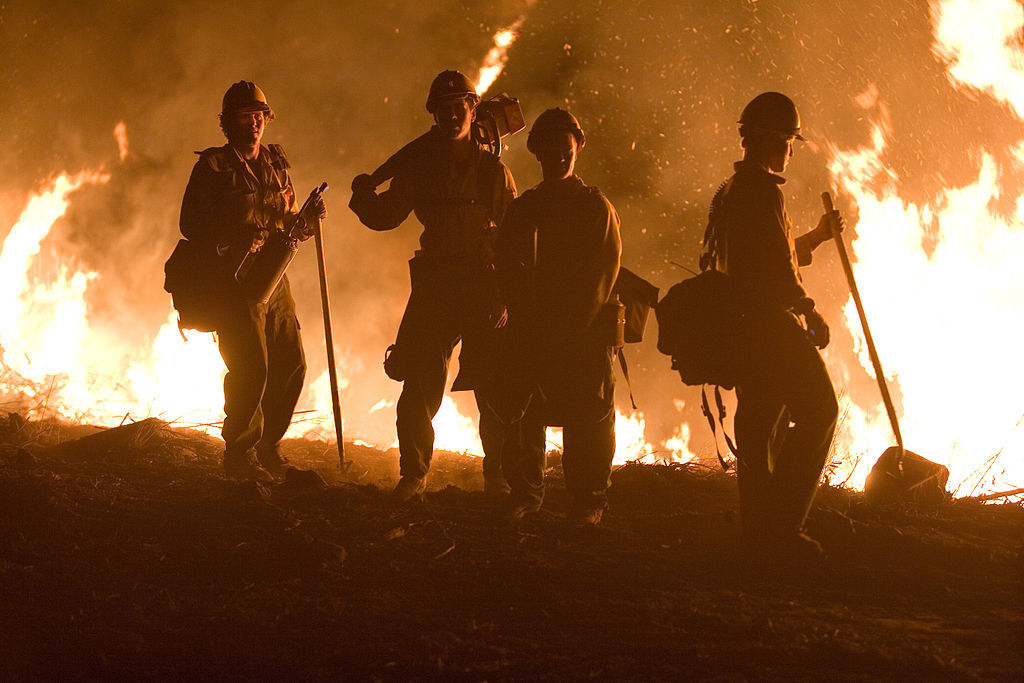
The Center for Climate Science is using climate, vegetation, and fire observations and models to answer critical questions for California's future: Under climate change, what will happen to forests? How will fire risk change? How will climate, forest, and fire changes interact with and exacerbate one another — and what can we do to prepare?
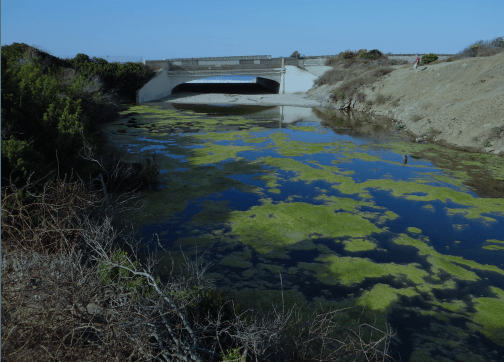
Awardee: Rachel Turba. Rachel is investigating shifts in community structure related to such impacts through exploration of environmental DNA from water samples and sediments from these lagoons, with the goal to address conservation efforts related to translocation of populations or local environment improvement.

Balancing the needs of multiple stakeholders when making decisions about marine resources is challenging. A toolkit that is specific to the challenges small islands face -economically, socially, and environmentally- is…

Awardee: Monica Dimson, Ph.D. Student. Monica is interested in modeling the distribution of the invasive shot-hole borer (Euwallacea sp. nr.fornicatus), a beetle that threatens native trees, urban forests, and agricultural crops in California, in order to assess the utility of these models in conservation and planning.

Awardee: Kelly Barr, PhD Student. Kellys work surrounds using a massive genomic dataset to analyze these issues in Tricolored Blackbirds, a species that has undergone sharp declines and is under intense management throughout the state of California.

Islands often lack a capable workforce. Their small populations and sparse educational training opportunities make it hard to address workforce limitations. This project will conduct a critical evaluation of workforce…
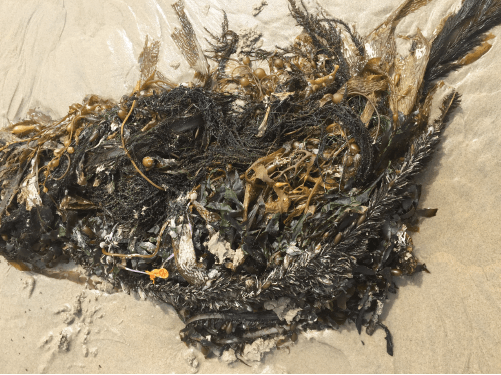
Awardee: Lauren Smith, PhD Student. Lauren is researching invasive Sargassum horneri found in southern California.
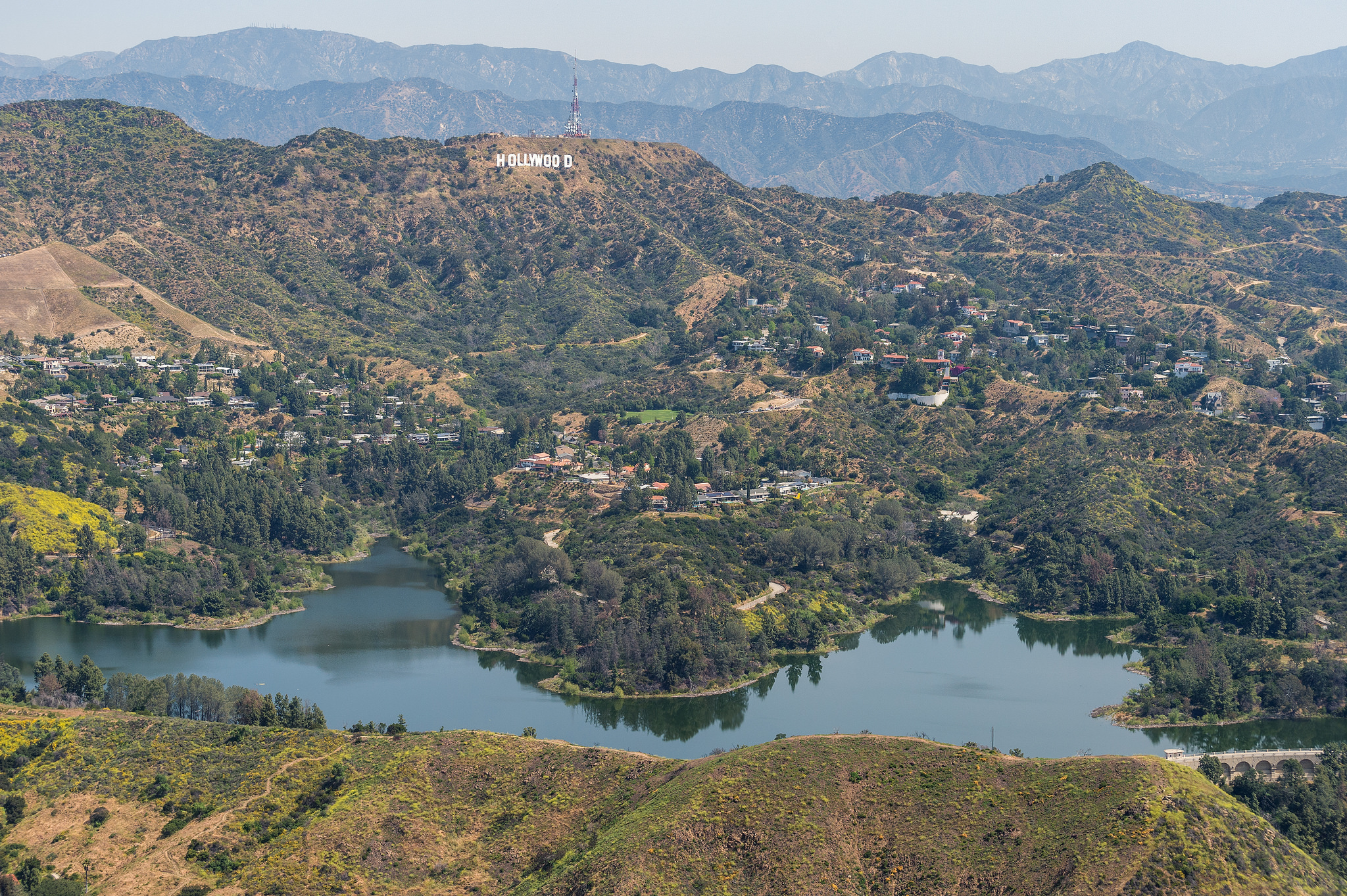
In Fall 2018, the UCLA IoES Center for Climate Science kicked off a new five-year project aimed at improving the sustainability of water management operations and planning in Los Angeles County. Our researchers will work closely with key water agencies to ensure that water resources managers take cutting-edge climate science into account.

In September 2018, early-career fellows participated in an Emerging Leaders for the Emerging Future retreat facilitated by the Environmental Leadership Program. ELP is a visionary nonprofit that offers leadership workshops…
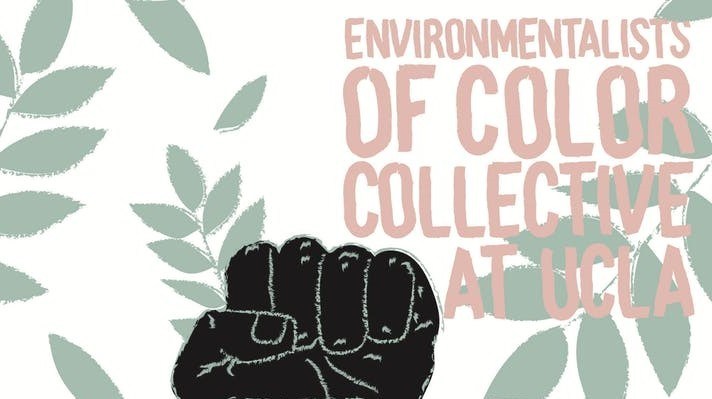
The Environmentalists of Color Collective at UCLA was brought together as a means of challenging the white-dominated conventions of the contemporary environmentalism movement by promoting and co-creating a healing space for marginalized identities to unpack, discuss, and organize for diversity and inclusivity within the mainstream environmentalism movement.